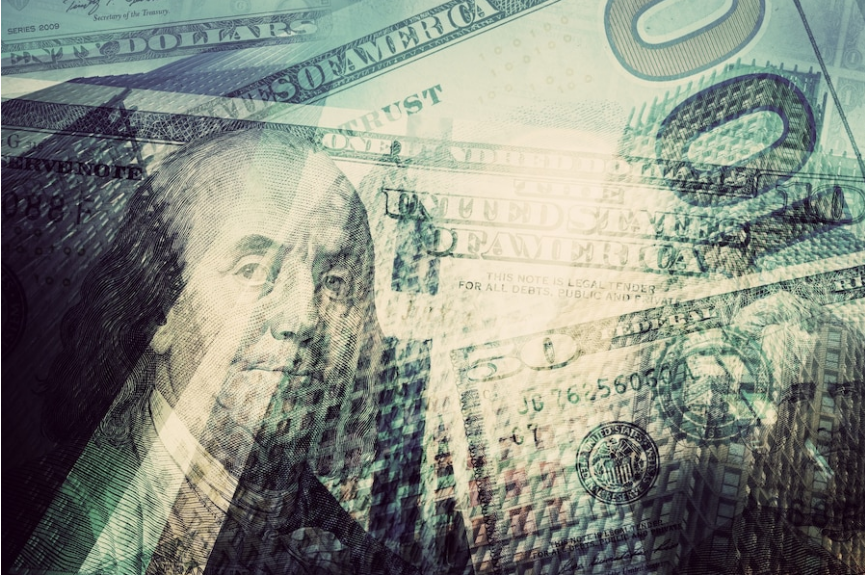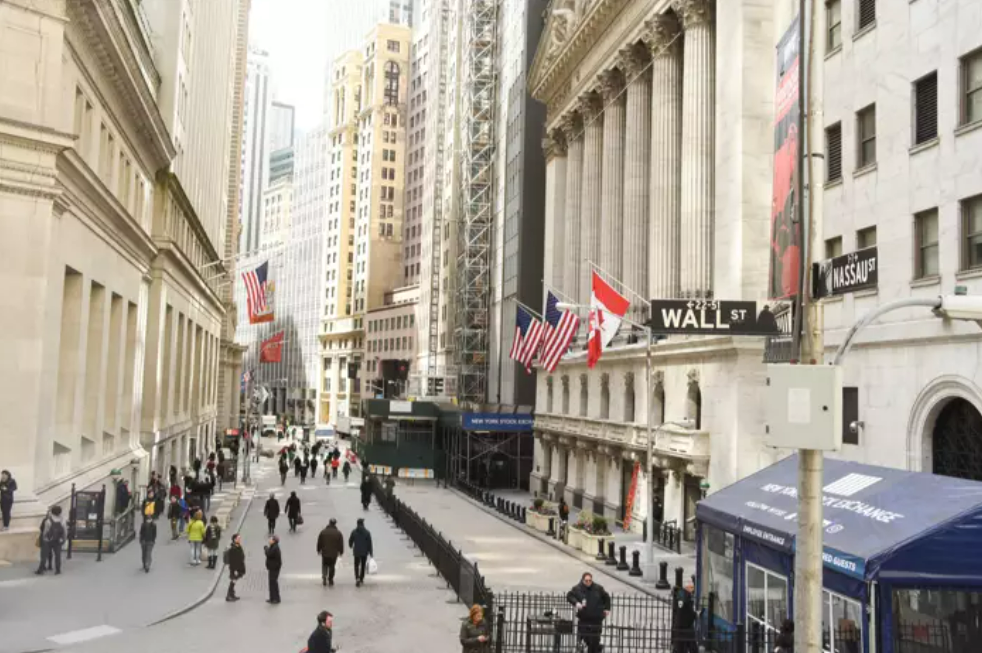
Skylar Shaw
Jul 19, 2022 15:04

The main US market indexes were once again solidly in the lead on Monday as Wall Street continued where it left off last Friday. The S&P 500 index was last trading slightly around 3,900, up about 0.7 percent. A whisker away from hitting previous multi-week records in the mid 12,100s, the tech-heavy Nasdaq 100 index was doing somewhat better and up around 1.3 percent.
However, the Nasdaq 100 has managed to surpass its 50-Day Moving Average for the first time since early April. If the index can move above recent highs, a challenge of early June highs in the 12,900 region may be coming up in the coming days. The Nasdaq 100 is significantly weighted in the consumer discretionary sector (+2.5 percent) and the information technology (+1.2 percent) sector, both of which are outperforming.
Meanwhile, the Dow Jones Industrial Average was last trading about 31,500 up around 0.5 percent. In contrast to the Nasdaq 100, the Dow failed to surpass its 50DMA on Monday (around 31,650). Given its greater size, the Health Care S&P 500 GICS sector's poor performance, which was last down approximately 0.7 percent on Monday, is considerably dragging on the Dow.
Several variables have been identified by market pundits as increasing risk appetite during the previous several days. First of all, the earnings season has gotten off to a good start. US megabanks Goldman Sachs (on Monday) and Citigroup Inc. (last Friday) both reported strong earnings. According to Reuters earlier this week, using Refinitiv data, of the 35 S&P 500 businesses that had reported profits before Monday, 80 percent had above analyst estimates.
With IBM reporting after Monday's closing, this week is expected to be hectic for significant earnings announcements. If results continue to exceed expectations, this might serve as a trigger for additional rises in the US share market.
Investor apprehensions on a worsening macroeconomic backdrop have diminished elsewhere in recent days. The June US retail sales data and the July consumer sentiment data from the University of Michigan (UoM), both issued last Friday, both surprised to the upside, somewhat allaying concerns about a US recession. Perhaps more significantly, the UoM poll revealed that consumer inflation expectations for the next five years dropped to a one-year low of 2.8% from above 3.0% in June.
That would allay US Federal Reserve concerns that inflation expectations are loosening, which will lessen the pressure on them to raise interest rates as quickly. In fact, the Fed highlighted an upward surprise in the UoM inflation expectations gauge back in June as a major factor in its decision to speed up the rate increase process, going from 50 bps to 75 bps at the May meeting.
Speaking of Fed rate increases, last Wednesday's hotter-than-expected USCPI statistics, which showed headline price pressures reaching a four-decade high over 9.0 percent, at first stoked concerns that the Fed would carry out an even greater 100 bps rate boost later this month. But when the Fed's officials (Christopher Waller and James Bullard) spoke later that week, they both rejected this notion and said that a rate increase of 75 basis points later this month was most probable.
Stock prices have been supported by markets lowering expectations for how quickly the Fed would raise interest rates in the coming quarters as a result of this and Friday's data. The probability that the Fed will increase interest rates from their present levels of 1.50-1.75 percent by the September meeting is less than 20%, according to the CME's Fed Watch Tool.
Rates are expected to reach 3.0-3.25 percent (considered as around 53 percent probable) by the September meeting, which represents an additional 150 basis points of tightening from current levels. That suggests that the market's consensus is for a rate increase of 75 basis points later this month, followed by another 75 basis points in September.
On Monday, the majority of the main European market indexes anticipate posting significant increases. The pan-European Stoxx 600 index was recently slightly higher at 417.50, albeit it has since fallen from session highs around 420. The index was unable to test its 50DMA slightly over 422 unlike the Nasdaq 100 and Dow.
Analysts said that the possibility of the European energy crisis becoming worse impacted on people's emotions. Russia has been subject to severe penalties from European countries as a result of its invasion of Ukraine, and in retaliation, Russia has impliedly threatened to stop supplying gas to Europe.
There are concerns that the Russians won't resume flows despite the Nord Stream 1 pipeline, which transports substantial amounts of gas straight from Russia to Germany, being halted until Thursday for scheduled maintenance. The news on Monday that Gazprom, the state-owned gas producer and exporter in Russia, had given one of its biggest clients a force majeure declaration further increased these worries.

Jul 18, 2022 15:20

Jul 19, 2022 15:20